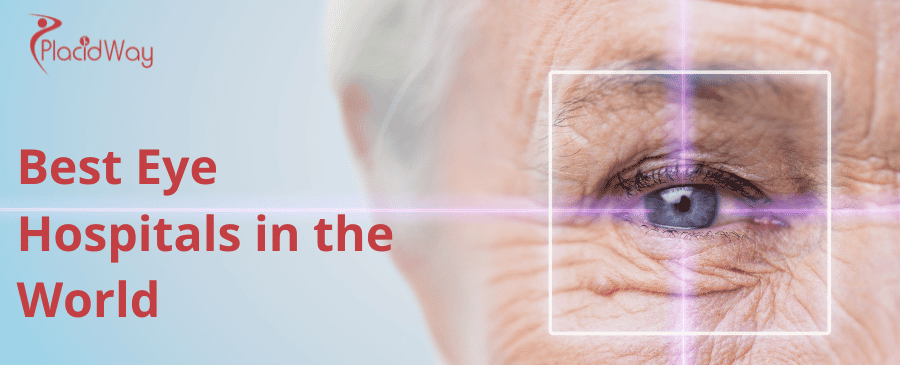
Are you tired of the daily hassle of glasses and contact lenses? Imagine waking up every morning with clear, sharp vision. LASIK eye surgery is a revolutionary procedure that has made this a reality for millions worldwide. This safe and effective form of refractive surgery permanently corrects vision problems like nearsightedness, farsightedness, and astigmatism.
For those seeking world-class care at an affordable price, medical tourism destinations like Turkey, Mexico, and South Korea have become global hubs for vision correction. These countries offer state-of-the-art technology and highly skilled ophthalmologists, often at a fraction of the cost in Western nations. This guide will walk you through everything you need to know about LASIK, from candidacy and procedure types to recovery and costs.
Key Takeaways
-
LASIK (Laser-Assisted In Situ Keratomileusis) is a quick, minimally invasive outpatient procedure that reshapes the cornea to correct refractive errors, offering a permanent alternative to glasses or contacts.
-
Medical tourism for LASIK can lead to significant savings, with patients often saving 50-70% by choosing top-tier clinics in countries like Turkey, Mexico, or South Korea.
-
The average cost of LASIK surgery (for both eyes) varies significantly by country:
-
Turkey: $1,200 - $2,500
-
Mexico: $1,500 - $2,800
-
South Korea: $2,000 - $4,500
-
USA/UK: $4,000 - $6,000+
-
Top 10 Best Eye Hospitals in the World
Below, we’ve curated a list of top-rated LASIK care clinics worldwide that are renowned for their advanced treatments, skilled surgeons, and exceptional patient satisfaction. Let’s dive in!
1. ClinicExpert
– Istanbul, Turkey
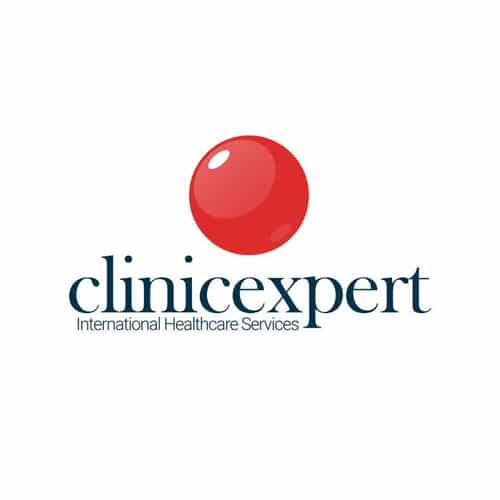
With a stellar reputation for offering premier care in eye surgeries in Turkey, ClinicExpert is one of the leading clinics in Istanbul. It provides a comprehensive range of treatments including LASIK and cataract surgery. The clinic’s experienced doctors, such as Dr. Attila H., specialize in using the latest technologies like Smile LASIK and other laser-assisted surgeries to ensure precision and minimal recovery time. Patients choose ClinicExpert for its combination of highly skilled surgeons, focus on personalized care, and competitive pricing compared to Western countries.
2. CVL - Laser Visual Correction
– Puebla, Mexico

Located in Puebla, Mexico, CVL specializes in state-of-the-art LASIK treatments using cutting-edge techniques such as Intactam®, No Touch® Laser Excimer, and robotic-assisted surgeries. Offering a comprehensive approach to vision correction that includes LASIK, PRK, SMILE, and LASEK, the clinic is known for its expertise and focus on patient comfort. By using robotic and computer-assisted LASIK for precision, CVL has built a reputation for exceptional patient outcomes and high satisfaction rates.
3. Hospital Velmar
– Ensenada, Mexico

Hospital Velmar is a modern facility in Ensenada, Mexico, that offers a range of specialized medical services, including advanced LASIK treatments in Mexico. The hospital is well-known for its commitment to using the latest laser technologies to deliver exceptional results and ensure patient safety. Offering a variety of eye treatments like LASIK, cataract surgery, and glaucoma care, Hospital Velmar is trusted by patients for its high standards of medical care, excellent patient support, and affordability.
4. Liv Bona Dea Hospital
– Baku, Azerbaijan

As a leading healthcare provider in Baku, Azerbaijan, Liv Bona Dea Hospital is known for its advanced eye care treatments, including LASIK surgery. The clinic employs the latest technologies to ensure precise outcomes, providing patients with an opportunity to regain their natural vision. With comprehensive eye care services, competitive rates, and an expert staff dedicated to patient care, the hospital achieves high patient satisfaction.
5. Pendik Bolge Hospital
– Istanbul, Turkey

Pendik Bolge Hospital in Istanbul is a top multispecialty hospital that provides high-quality LASIK surgeries. The hospital is distinguished by its use of cutting-edge technology, including the latest in robotic and laser-assisted treatments, which ensures patients experience minimal downtime and maximum results. It offers comprehensive healthcare services with a focus on patient care, satisfaction, and personalized treatment plans from experienced surgeons.
6. Private Algomed Hospital
– Adana, Turkey
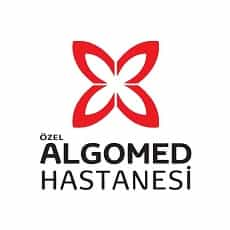
Located in Adana, Turkey, Private Algomed Hospital provides state-of-the-art LASIK surgery within a modern and safe environment. Known for its advanced technology and experienced medical team, the hospital specializes in advanced LASIK treatments with a personalized approach. The facility is equipped with the latest technology and focuses heavily on patient comfort and safety to ensure the best possible results.
7. Special Eye Hospital Svjetlost
– Banja Luka, Bosnia and Herzegovina
.png)
Special Eye Hospital Svjetlost is one of the most recognized ophthalmology clinics in Bosnia and Herzegovina. With a focus on advanced treatments for all types of eye conditions, including LASIK, the clinic is known for its use of leading-edge vision correction technologies. It provides comprehensive eye care services delivered by experienced specialists dedicated to high-quality care within a trusted environment.
8. Private Koru Ankara Hospital
– Ankara, Turkey
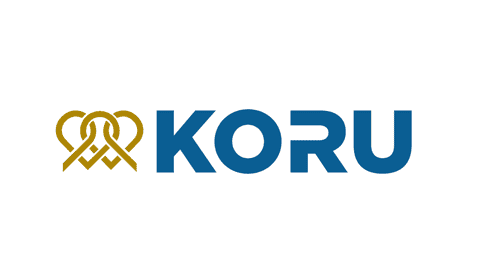
While specializing in advanced treatments, Private Koru Ankara Hospital in Turkey also offers exceptional LASIK treatments. The clinic is dedicated to using the latest technology to improve patient outcomes and is renowned for its patient-focused approach. Its expertise in innovative medical treatments alongside LASIK makes it a unique, state-of-the-art option for patients.
9. Tijuana Eye Center
– Tijuana, Mexico
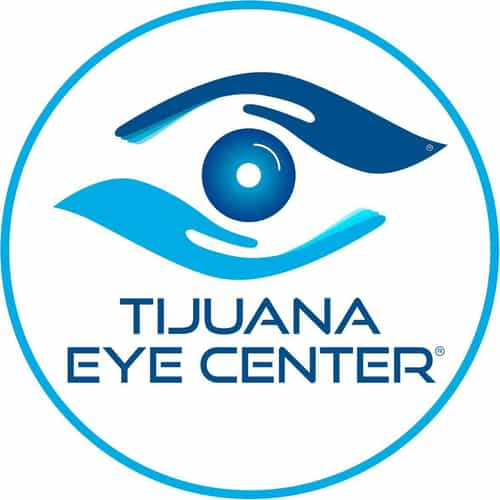
The Tijuana Eye Center specializes in LASIK surgery, cataract treatment, and other advanced eye care services. Known for its professional staff and affordable treatments, it is a popular destination for international patients seeking high-quality care. The center is recognized for its use of advanced laser technology, which contributes to excellent patient outcomes and high satisfaction rates.
10. Gangnam Central Eye Clinic
– Seoul, South Korea
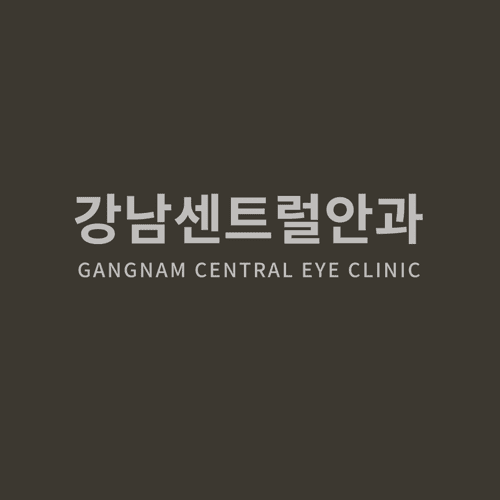
Gangnam Central Eye Clinic is a well-established name in South Korea, providing world-class LASIK and SMILE LASIK treatments. The eye treatment clinic in South Korea is recognized globally for its use of cutting-edge technology and its commitment to offering the best eye care in Seoul. Equipped with the latest laser technology for precision, the clinic offers personalized treatments with a high success rate, making it a leader in the field of optimal vision correction.
What Is LASIK Eye Surgery and How Does It Work?
LASIK is a laser-based surgical procedure that corrects vision by precisely reshaping the cornea, the clear front part of the eye, allowing light to focus correctly on the retina.
At its core, LASIK fixes refractive errors. These errors occur when the shape of your eye prevents light from focusing directly on the retina, leading to blurry vision. The three main types of refractive errors are:
-
Myopia (Nearsightedness): Difficulty seeing distant objects clearly.
-
Hyperopia (Farsightedness): Difficulty seeing close-up objects clearly.
-
Astigmatism: Overall blurry vision due to an irregularly shaped cornea.
During the LASIK procedure, a surgeon uses a highly specialized laser to alter the curvature of your cornea. By removing a microscopic amount of tissue, the laser corrects the way your eye focuses light. The entire procedure is typically completed in under 30 minutes for both eyes, and most patients notice a dramatic improvement in their vision within 24 hours.
Who Is a Good Candidate for LASIK?
Ideal candidates for LASIK are adults with a stable vision prescription for at least one year, healthy eyes, and sufficient corneal thickness.
While LASIK is highly effective, it's not suitable for everyone. A thorough consultation and pre-operative screening are essential to determine your candidacy. Your ophthalmologist will evaluate several factors to ensure the procedure is safe and will deliver the desired results.
You may be a good candidate for LASIK if you:
-
Are at least 18 years old (often 21 or older is preferred).
-
Have a stable glasses or contact lens prescription for at least 12 months.
-
Have a refractive error that falls within the treatable range.
-
Have adequate corneal thickness to allow for the creation of a corneal flap.
-
Are in good general health.
-
Have realistic expectations about the outcomes.
You may not be a suitable candidate if you:
-
Have a very high refractive error.
-
Have thin corneas or certain corneal diseases like keratoconus.
-
Suffer from severe dry eye syndrome.
-
Have uncontrolled autoimmune disorders (e.g., lupus, rheumatoid arthritis).
-
Are pregnant or breastfeeding, as hormonal changes can affect vision.
-
Have unstable vision.
Did You Know? Over 95% of people who have undergone LASIK surgery report being satisfied with their results. The procedure has one of the highest patient satisfaction rates of any elective surgery.
Types of Laser Eye Surgery: LASIK, SMILE, PRK, and More
While conventional LASIK is the most common procedure, advanced variations like SMILE and PRK offer alternatives for different patient needs, especially for those with thinner corneas or active lifestyles.
The field of laser vision correction has evolved significantly. While all procedures aim to reshape the cornea, they use different techniques. Understanding these options is key to choosing the best one for your eyes.
Expert Insight "The SMILE procedure is a game-changer for many patients. Because it's a flapless, keyhole surgery, it preserves more of the corneal biomechanical strength and may lead to a lower incidence of post-operative dry eye compared to LASIK. It's an excellent option for eligible candidates." - A Leading Ophthalmologist in Seoul, South Korea.
The LASIK Procedure: A Step-by-Step Walkthrough
The LASIK process involves a pre-operative consultation, a quick 15-30 minute surgery where a laser reshapes your cornea, and a post-operative follow-up to monitor healing.
Knowing what to expect can help ease any anxiety about the surgery. The process is straightforward and is generally broken down into three phases.
Before the Surgery
Your journey begins with a comprehensive eye exam. Your doctor will map your cornea, measure your prescription, check for dry eye, and dilate your pupils. If you wear contact lenses, you'll need to stop wearing them for a few weeks before your consultation and surgery, as they can temporarily alter the shape of your cornea.
During the Surgery
On the day of the procedure, you'll be given numbing eye drops, so you won't feel any pain. The process for one eye takes about 10-15 minutes.
- Preparation: You'll lie down under the laser system. An eyelid holder will be placed to prevent you from blinking.
- Flap Creation: For LASIK, the surgeon uses a femtosecond laser to create a thin, precise flap on the surface of your cornea. You may feel a light pressure sensation at this stage.
- Corneal Reshaping: The flap is gently lifted, and a computer-guided excimer laser removes microscopic tissue from the underlying corneal bed. The laser is programmed with your unique prescription. You will be asked to look at a target light.
- Flap Repositioning: The corneal flap is carefully placed back into its original position, where it acts as a natural bandage and begins to heal immediately without stitches.
After the Surgery
Your vision may be blurry or hazy immediately after the procedure, but it should start to clear within a few hours. You will be given protective eye shields to wear, especially while sleeping, to prevent accidental rubbing. Your surgeon will prescribe anti-inflammatory and antibiotic eye drops to aid healing and prevent infection.
LASIK Recovery and Aftercare
LASIK recovery is remarkably fast, with most patients returning to normal activities within a day or two, but following aftercare instructions carefully is crucial for optimal results.
Proper aftercare is essential for a smooth recovery and achieving the best possible vision. Your surgeon will provide a detailed set of instructions.
First 24-48 Hours:
- Rest your eyes as much as possible.
- Wear the protective shields provided.
- Use prescribed eye drops as directed.
- Avoid rubbing your eyes.
- Do not shower or get water in your eyes.
First Week:
- Avoid strenuous activities, swimming pools, and hot tubs.
- Do not wear eye makeup.
- Be careful when washing your face and hair.
- Attend your first post-operative follow-up appointment (usually within 24-48 hours).
Common temporary side effects include dry eyes, halos or glare around lights at night, and light sensitivity. These symptoms typically diminish over the first few weeks or months as your eyes heal.
How Much Does LASIK Eye Surgery Cost?
The cost of LASIK varies dramatically by country and technology, with medical tourism destinations like Turkey and Mexico offering prices between $1,200 and $2,800, compared to $4,000 to $6,000 in the US.
Cost is a major factor for many people considering LASIK. Prices can differ based on the surgeon's experience, the technology used (e.g., Femto-LASIK vs. conventional), and the geographic location of the clinic. When comparing prices, especially for medical tourism, it's important to understand what is included in the package.
Average Cost of LASIK (Both Eyes) by Country:
Always confirm what is covered in your quoted price. A reputable clinic will provide a transparent breakdown of costs.
Potential Risks and Side Effects of LASIK
While LASIK is one of the safest elective procedures, it carries potential risks like dry eyes, glare, halos, and, in very rare cases, vision complications.
It's crucial to have an open discussion with your surgeon about the potential risks. The vast majority of side effects are temporary and resolve as the eye heals.
Common, Temporary Side Effects:
-
Dry Eyes: The most common side effect. It is usually managed with lubricating eye drops and typically improves within a few months.
-
Glare, Halos, and Starbursts: You may notice these around lights, especially at night. This usually subsides over time.
-
Light Sensitivity: Your eyes may be more sensitive to light for the first few days or weeks.
Rare but Serious Complications:
-
Infection or Inflammation: Extremely rare, but can be serious. Following the eye drop schedule is critical to prevent this.
-
Flap Complications: Issues like flap dislocation are very rare with modern laser techniques but require immediate medical attention.
-
Undercorrection or Overcorrection: The laser may remove too little or too much tissue, requiring enhancement surgery or the use of glasses for certain activities.
-
Vision Loss: The risk of significant vision loss is exceptionally low (estimated to be less than 1%).
Choosing a highly experienced surgeon and a clinic with advanced diagnostic and surgical technology significantly minimizes these risks.
Frequently Asked Questions (FAQ)
1. Is LASIK surgery painful?
No, the procedure itself is not painful. Your eyes are numbed with anesthetic drops. You might feel a slight pressure sensation during the creation of the corneal flap, but there is no pain.
2. How long do the results of LASIK last?
The results of LASIK are permanent. The procedure permanently reshapes your cornea. However, your eyes can still change naturally due to aging, which can lead to conditions like presbyopia (age-related farsightedness) later in life.
3. What is the recovery time for LASIK?
Recovery is very quick. Most patients have functional vision within 24 hours and can return to work and most normal activities within 1-2 days. Full visual stabilization can take 3-6 months.
4. Can I go blind from LASIK?
The risk of going blind from LASIK is extraordinarily low, with an estimated probability of less than 1 in 5 million. When performed by a qualified surgeon in a sterile environment, LASIK is considered one of the safest elective surgeries available.
5. How soon can I see clearly after LASIK?
Many patients notice significantly clearer vision within just a few hours of the procedure. Your vision will continue to improve and stabilize over the following days and weeks.
6. Why is LASIK cheaper in countries like Turkey or Mexico?
The lower cost is not due to lower quality but is a reflection of the lower cost of living, operational expenses, and labor in these countries. Clinics in top medical tourism destinations use the same FDA or CE-approved technology and are staffed by internationally trained surgeons.
Find Your Path to Clear Vision with PlacidWay
Ready to leave your glasses behind? Navigating the world of laser eye surgery can be overwhelming, but you don't have to do it alone. PlacidWay connects you with a global network of world-class, accredited clinics in top destinations like Turkey, Mexico, South Korea, and more.
We help you compare all-inclusive packages, verify surgeon credentials, and get personalized, no-obligation quotes. Let us help you find the perfect clinic to safely and affordably transform your vision.


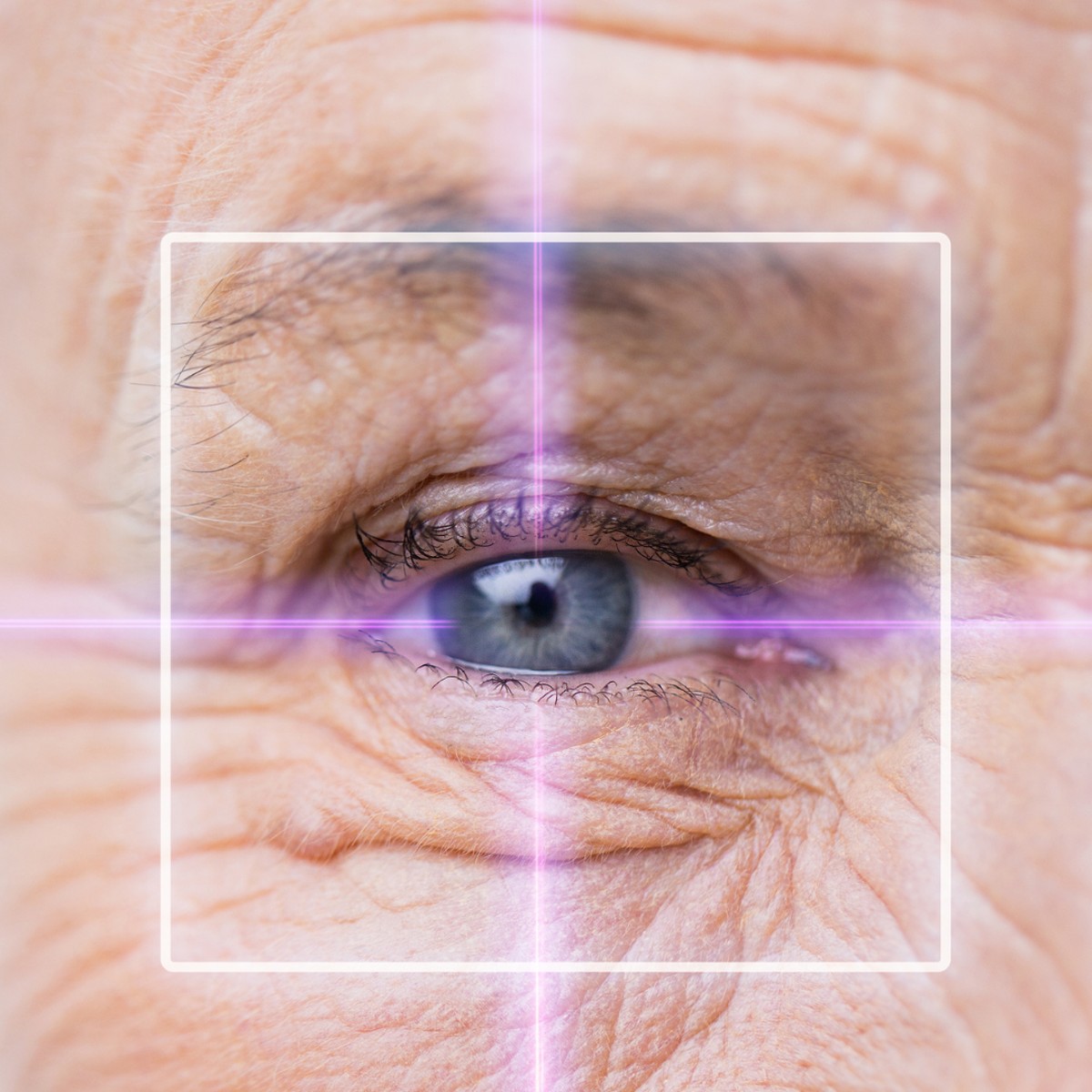
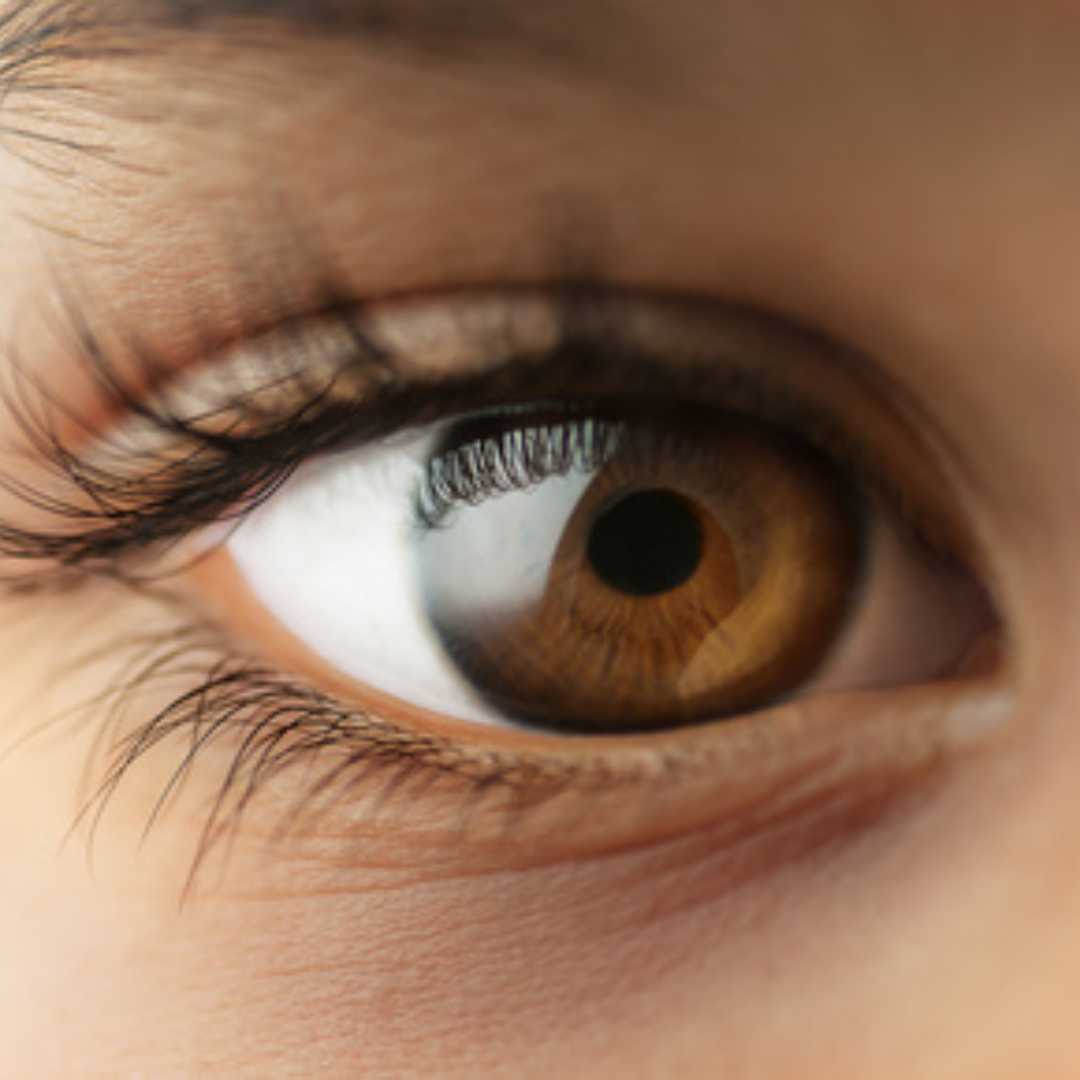
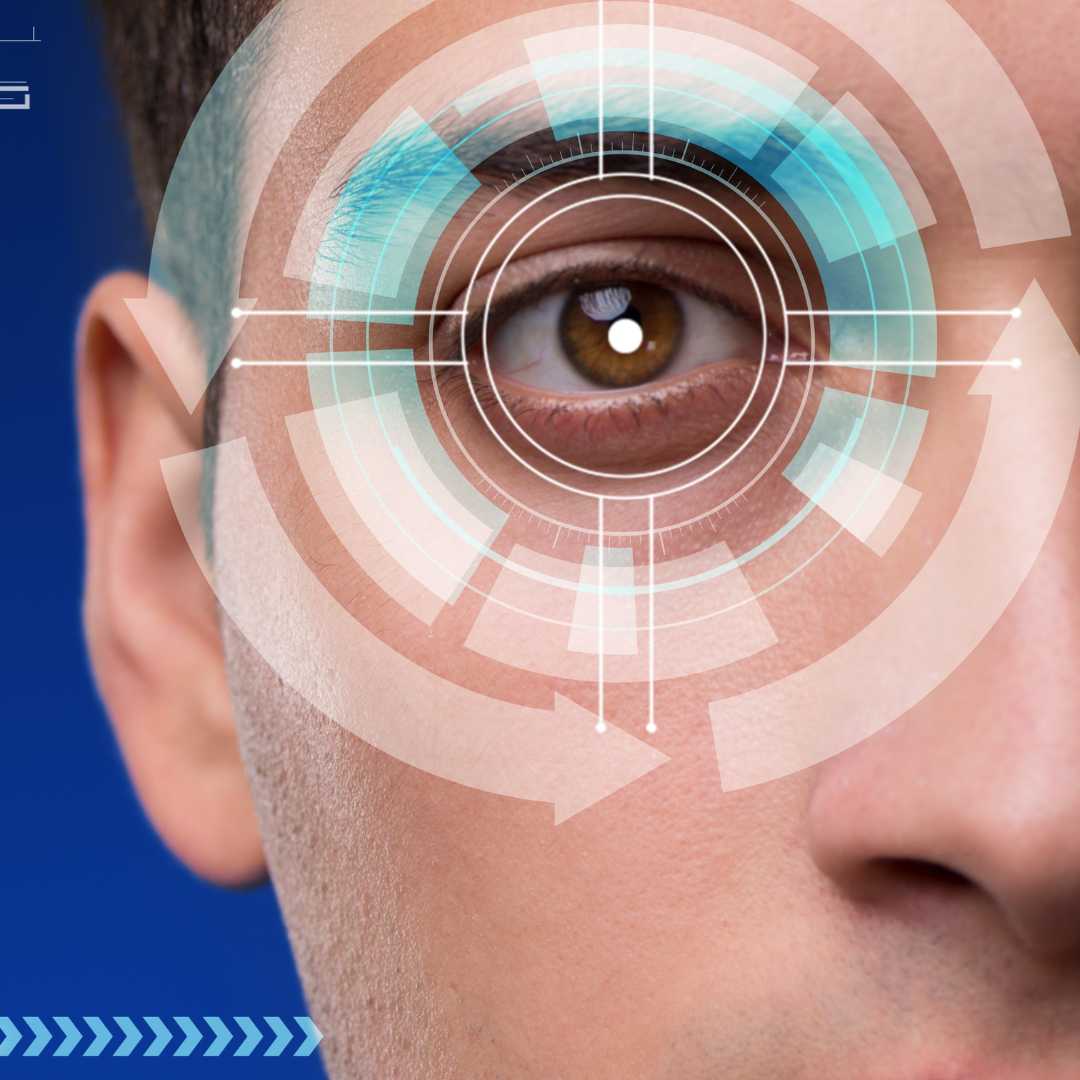

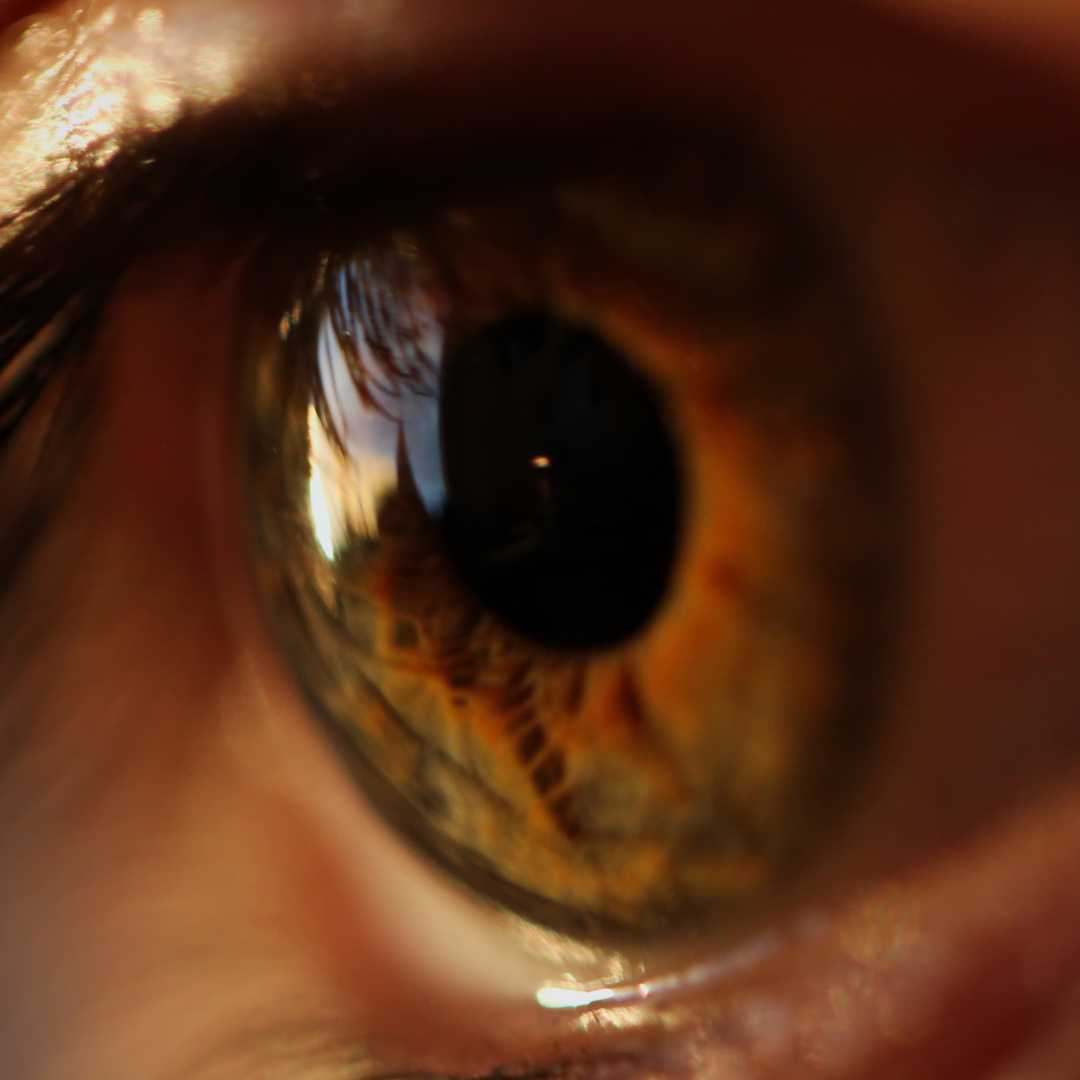
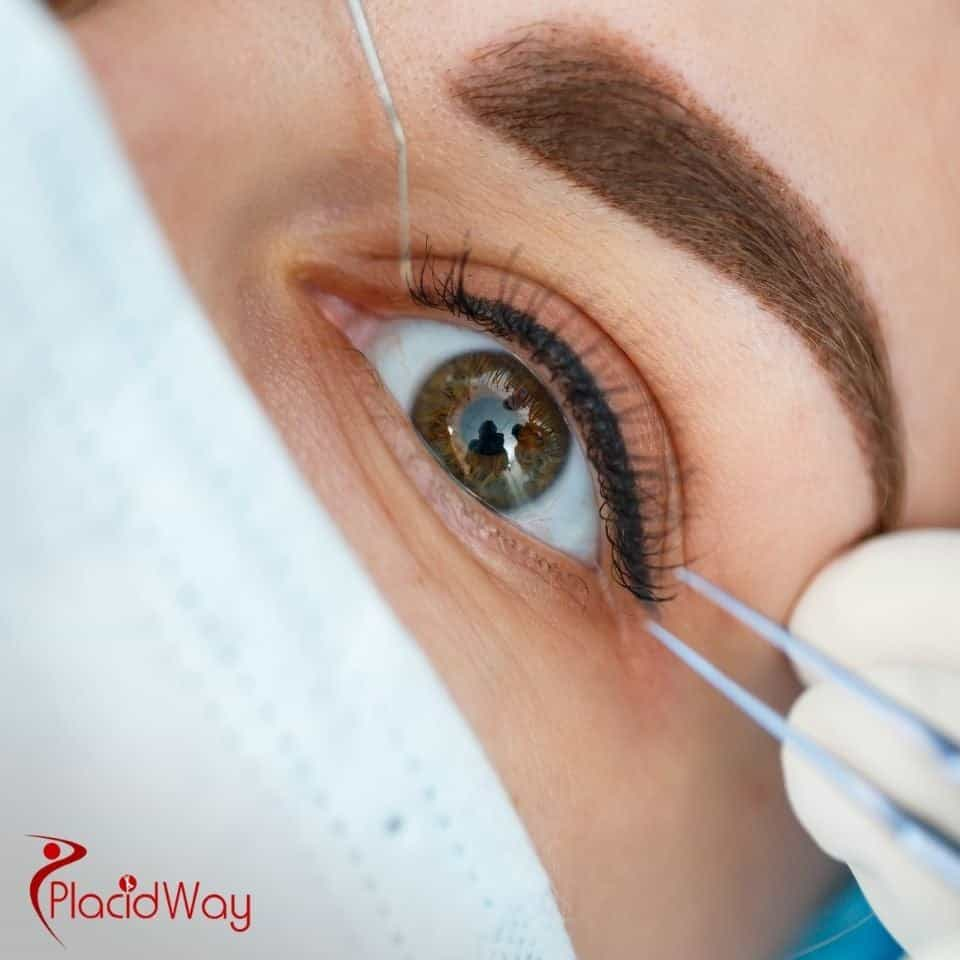
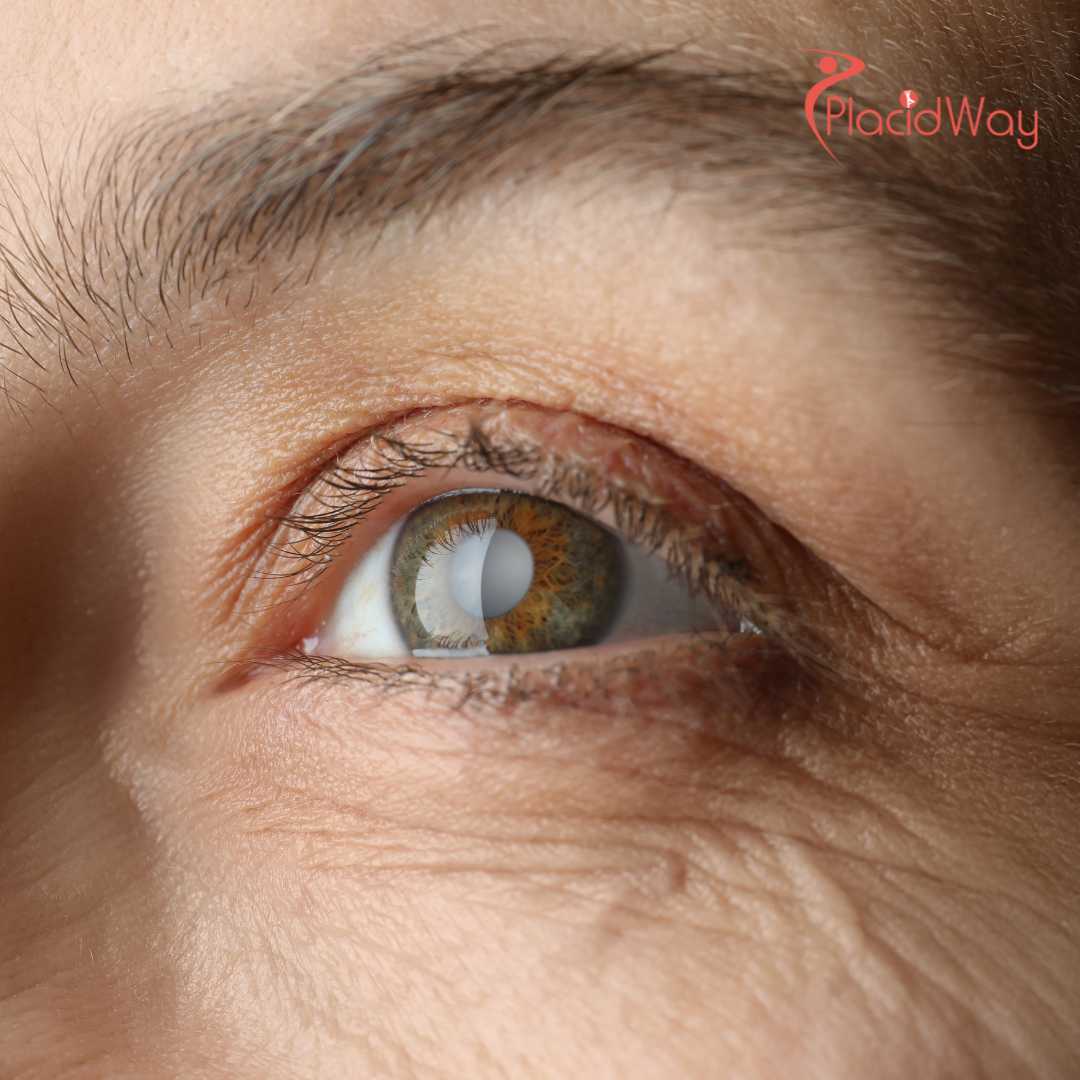
.png)



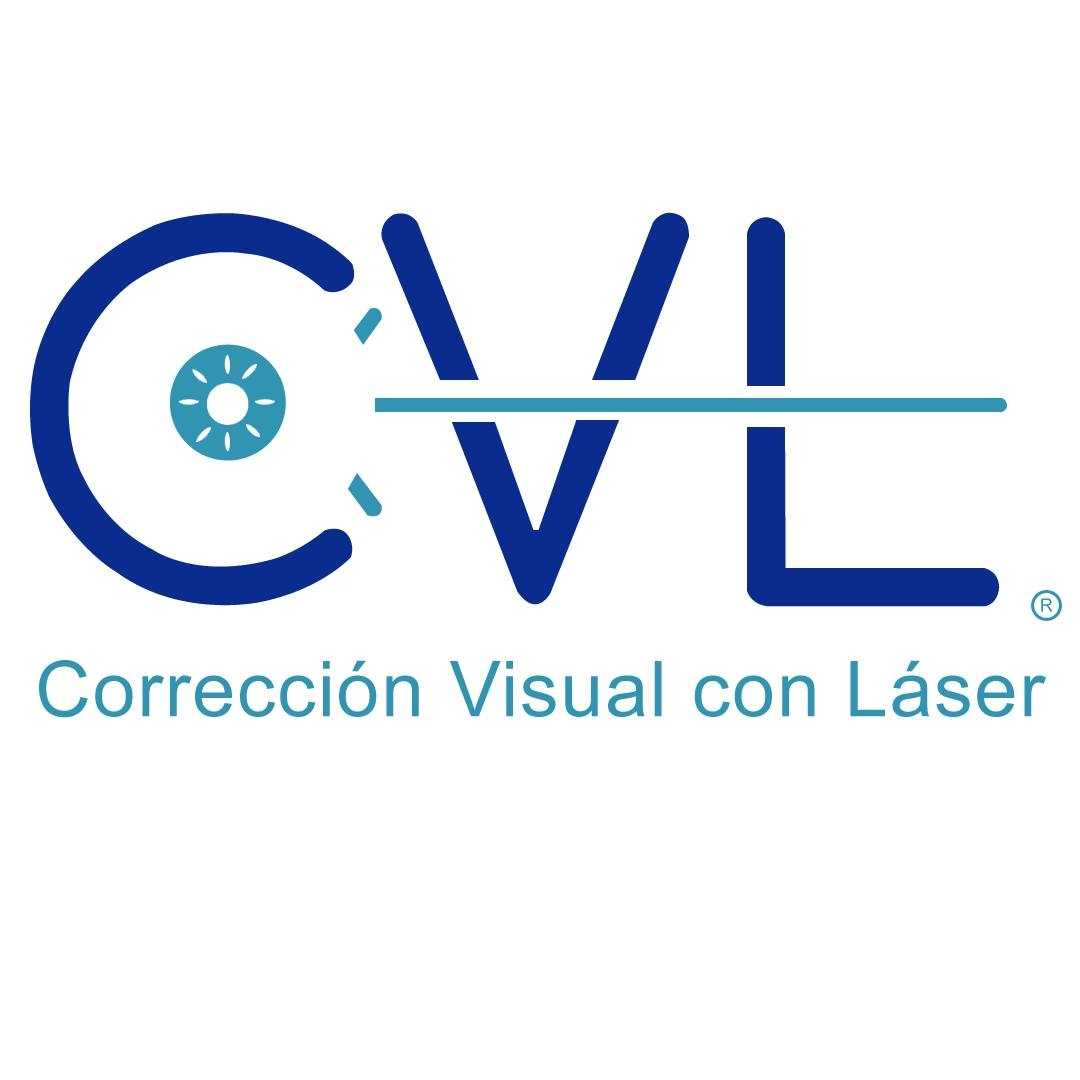



Share this listing